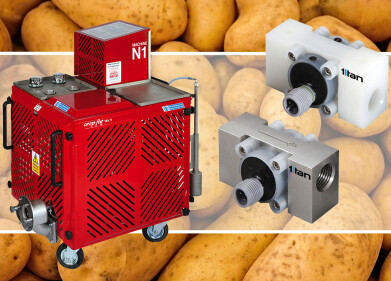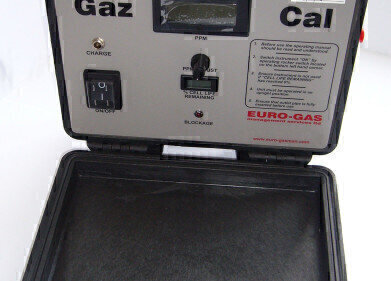Water/wastewater
Measuring Oil/Grease Levels in Wastewater for Compliance with Permit Requirements
Apr 17 2009
Determining total oil/grease levels to ensure compliance with governmental regulatory permit requirements for discharging wastewater is a worldwide problem facing numerous industries. To ensure compliance with regulations and avoid fines for exceeding permit discharge levels, more frequent wastewater measurements are necessary to determine the total oil/grease concentration. Wilks Enterprise (USA) manufactures portable infrared analyzers that are specifically designed for easy, on-site measurement of the oil/grease concentration.
With the InfraCalTOG/TPH Analyzer, Model HATR-T2 or the Model CVH – depending on the solvent selected for the extraction process – on-site measurement of total oil/grease concentration in the wastewater is easily and accurately determined in 10-15 minutes – including extraction process. Measurement data obtained with the Model HATR-T2 correlates to EPA Method 1664 and with the Model CVH to ASTM Method D 7066-04. The InfraCal Analyzers are currently in worldwide use for analyzing produced water on offshore oil platforms, monitoring refinery or industrial plant wastewater effluents, as well as measuring fats, oils, and greases (FOG) discharge levels into treatment centers.Digital Edition
AET 28.4 Oct/Nov 2024
November 2024
Gas Detection - Go from lagging to leading: why investment in gas detection makes sense Air Monitoring - Swirl and vortex meters will aid green hydrogen production - Beyond the Stack: Emi...
View all digital editions
Events
Jan 20 2025 San Diego, CA, USA
Carrefour des Gestions Locales de L'eau
Jan 22 2025 Rennes, France
Safety, Health & Wellbeing LIVE
Jan 22 2025 Manchester, UK
Jan 25 2025 San Diego, CA, USA
Jan 29 2025 Tokyo, Japan



















